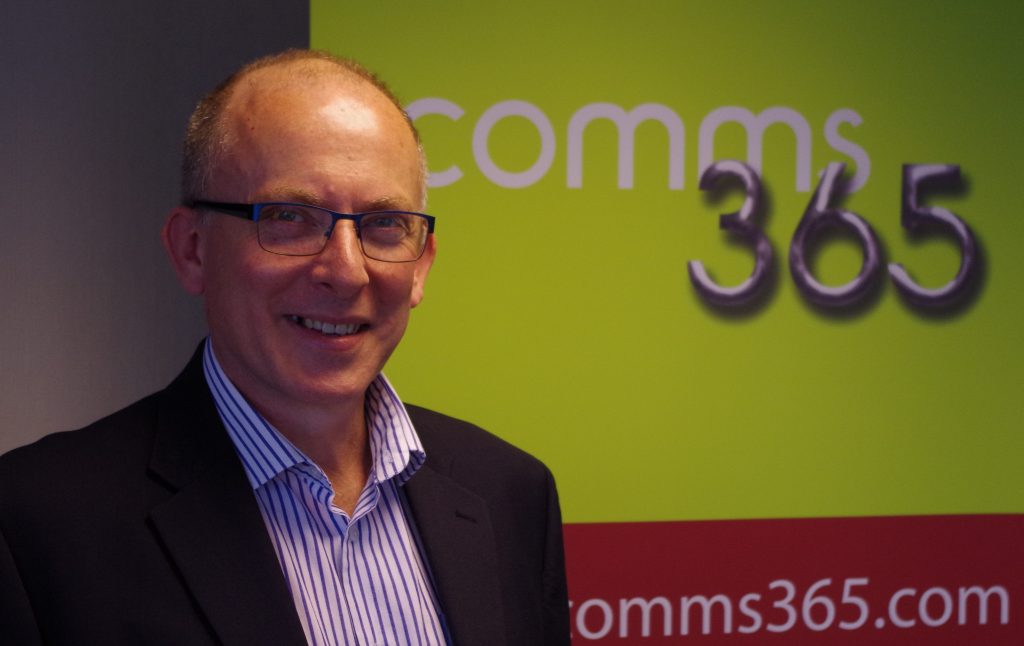Global Internet of Things (IoT) services firm Sigfox has just been rescued from bankruptcy. Business technology journalist, Antony Savvas considers a strategy for making IoT providers more successful going forward.
IoT services provider, UnaBiz of Singapore has bought France-headquartered Sigfox from the bankruptcy court there, and as an existing Sigfox partner, is now promising a better future for the company.
IoT ecosystem
A number of companies were said to be interested in Sigfox and its widespread ecosystem of partners and service providers, but UnaBiz won out after paying an undisclosed sum for the business.

“On top of securing the sales pipeline for Sigfox in the next 12 months as global markets emerge from the pandemic, UnaBiz and Sigfox will strive towards the convergence of LPWAN (low-power wide area networks),” says Henri Bong, co-founder and co-CEO of UnaBiz.
“The new Sigfox will reinvent itself and collaborate with other IoT communication technologies to seize new market opportunities,” he says. This sounds like positive news for the industry in general, helping it reach its potential across the various industrial segments being targeted.
Standard bearer
Sigfox was an important standard bearer for the business IoT connectivity market when it started out in 2010. But its vision of building a global network to support “things”, largely independent of established communications service providers (CSPs), was clearly too ahead of its time.

While Sigfox’s technology is used in 75 countries, it arguably always had unrealistic ambitions. It stated it aimed to have a billion devices connected on its network by next year. In fact, the latest total is around 17 million.
The company now wants to establish a “more durable and collaborative global ecosystem”, and that “new strategies and governance” will be put in place to facilitate engagements with its existing partners, customers and operators, to “support long-term development”.
Profitable resurrection
There will be lessons learned from Sigfox’s demise and resurrection, but what else should CSPs consider when looking to provide IoT services that work well, and which are profitable?

With the definition of IoT expanding almost daily, and different suppliers increasingly jumping on the IoT bandwagon, the IoT landscape has become complex, requiring knowledge, understanding and expert partnerships to serve commercial needs.
For IoT customers to navigate a maze of options to optimise and future proof their investments, it is vital they understand the use cases, applications, technologies and business choices before making final decisions about suppliers.
A vital role
Telcos have a vital role to play here, and can be key hand-holders for customers, to offer advice and assurance to companies going down the IoT route for the first time, and for those moving out of a limited roll-out phase to mass deployment.

From the original machine-to-machine (M2M) deployments we had many years ago, which relied on 2G technology, we now have deployments that are much more scalable over 4G and 5G, with IoT sensors attached to machines for the bi-directional transmission of data to/from applications. This allows companies to enjoy much more tracking visibility and remote management of assets.
Rapidly expanding network connectivity options include LPWAN variants, such as Narrowband IoT (NB-IoT) and LTE-M (Cat M), which have been specifically developed and incorporated into 5G standalone networks, to support millions of IoT devices in hard-to-reach places. These are enabling enterprises to radically expand the scale of projects.
Not plug and play

“IoT is far more complex than the ‘plug and play’ experience we’ve come to rely on with our smartphones, requiring design, planning and deployment by experts,” says Nick Sacke, head of IoT solutions at Comms365.
And with substantial growth in IoT connectivity globally, customers are now demanding “simplified” contracts and service models from their providers to take care of their requirements, says Sacke. “This is a complex challenge, especially internationally, due to different commercial agreements and service models amongst competing carriers, as well as limitations on certain types of network access on a per country basis,” he says.
Also, network operators need to be flexible, allowing the growth and development of a new generation of network aggregators and smaller service providers, that are geared to cater to customer needs. But they have not always proven to be so, as Sigfox and others have sometimes found out.
Sacke said “aggregators” are now playing a “significant role” in mobile market development and growth, particularly if managed network operators (MNOs) are “inflexible”, by negotiating directly with multiple network operators to create a “tailored, multi-network solution” to support each customer use case.
Questions to ask
There are several questions to be asked to qualify your provider’s capability to supply IoT. These include how long is the contract? What are the data costs, and do they reflect current and future data profiles? In addition, can one network operator provide the full coverage required for all mobile assets, both now and in the future? Also, can the customer benefit from access to new low power technologies, like NB-IoT, LTE-M or other IoT connectivity types, including non-cellular, as a blended service? Importantly, is the core network of your provider proven to be secure against external threats?

Sacke rightly says: “Using a confluence of different networks can be incredibly powerful as a complete solution to connect all parts of a customer’s estate, but it may require a service provider who is capable of orchestrating the multiple technologies, to acquire the right networks in the asset location and provide seamless provisioning, management and changes via automation.
“This can provide a good and reliable customer experience.” Which will, of course, usually lead to more successful service providers.
The author is Antony Savvas, a global freelance business technology journalist.
Comment on this article below or via Twitter: @VanillaPlus OR @jcvplus






